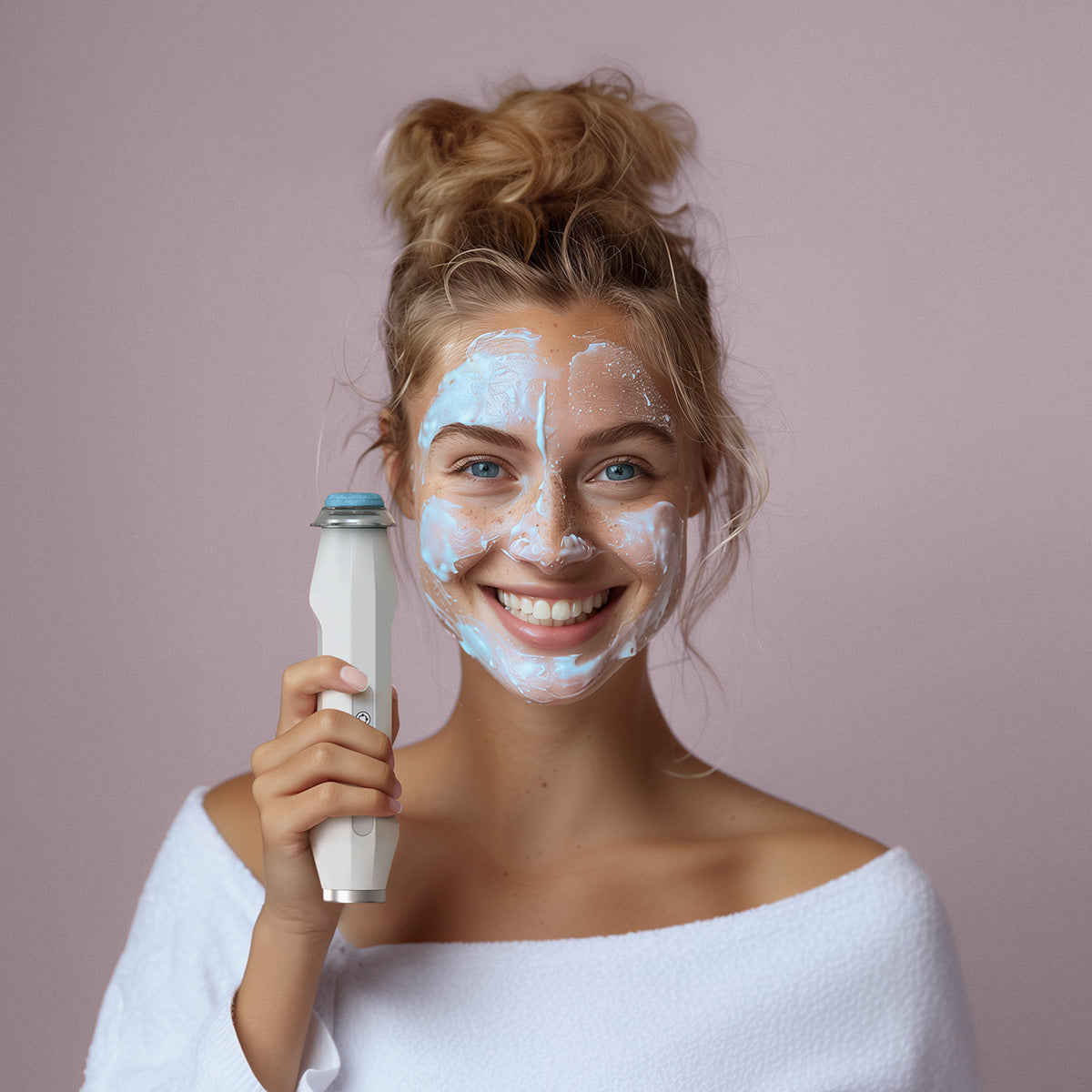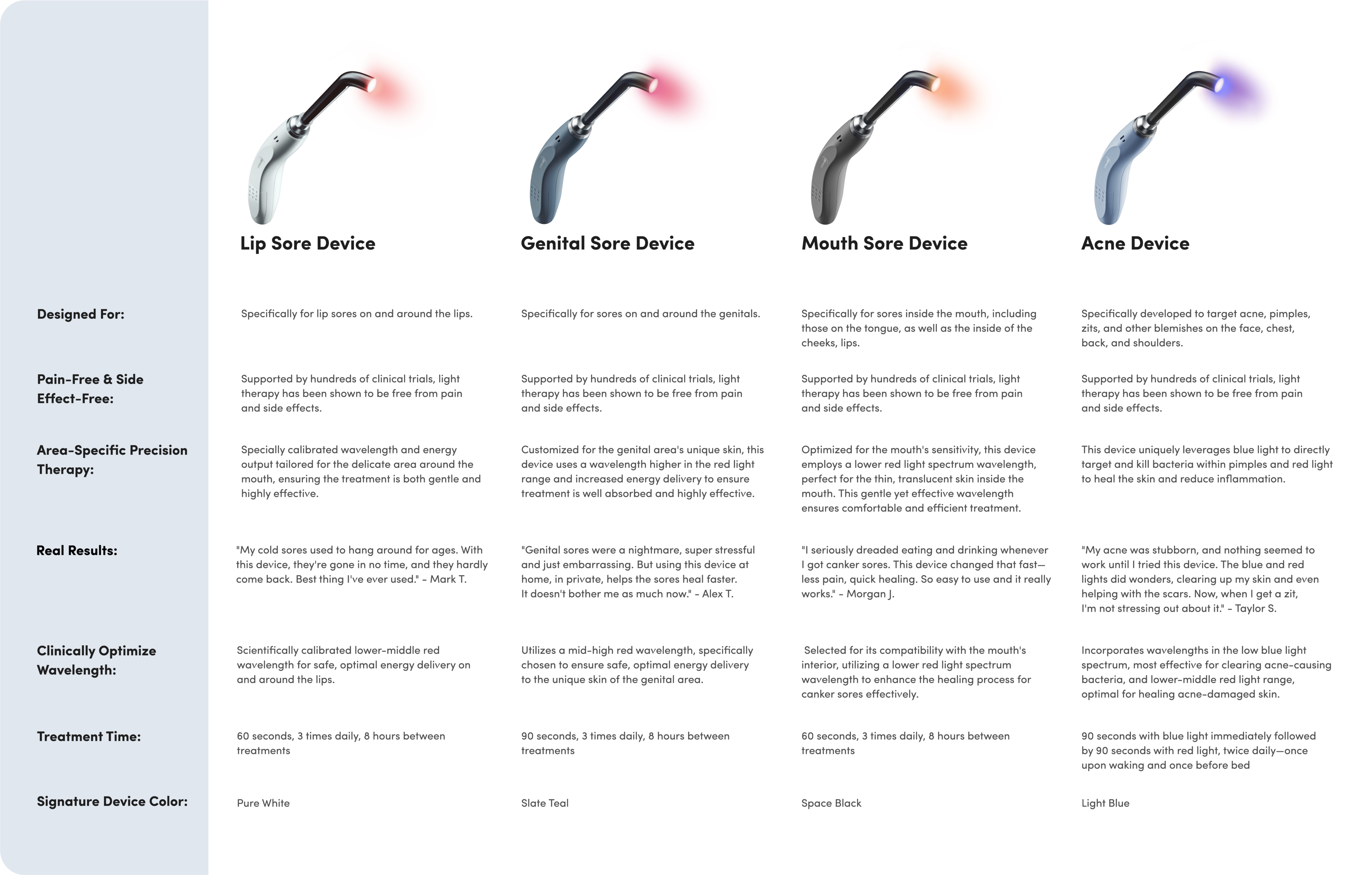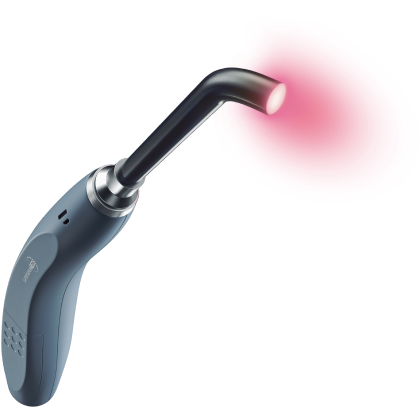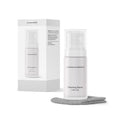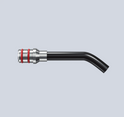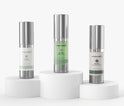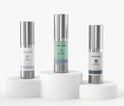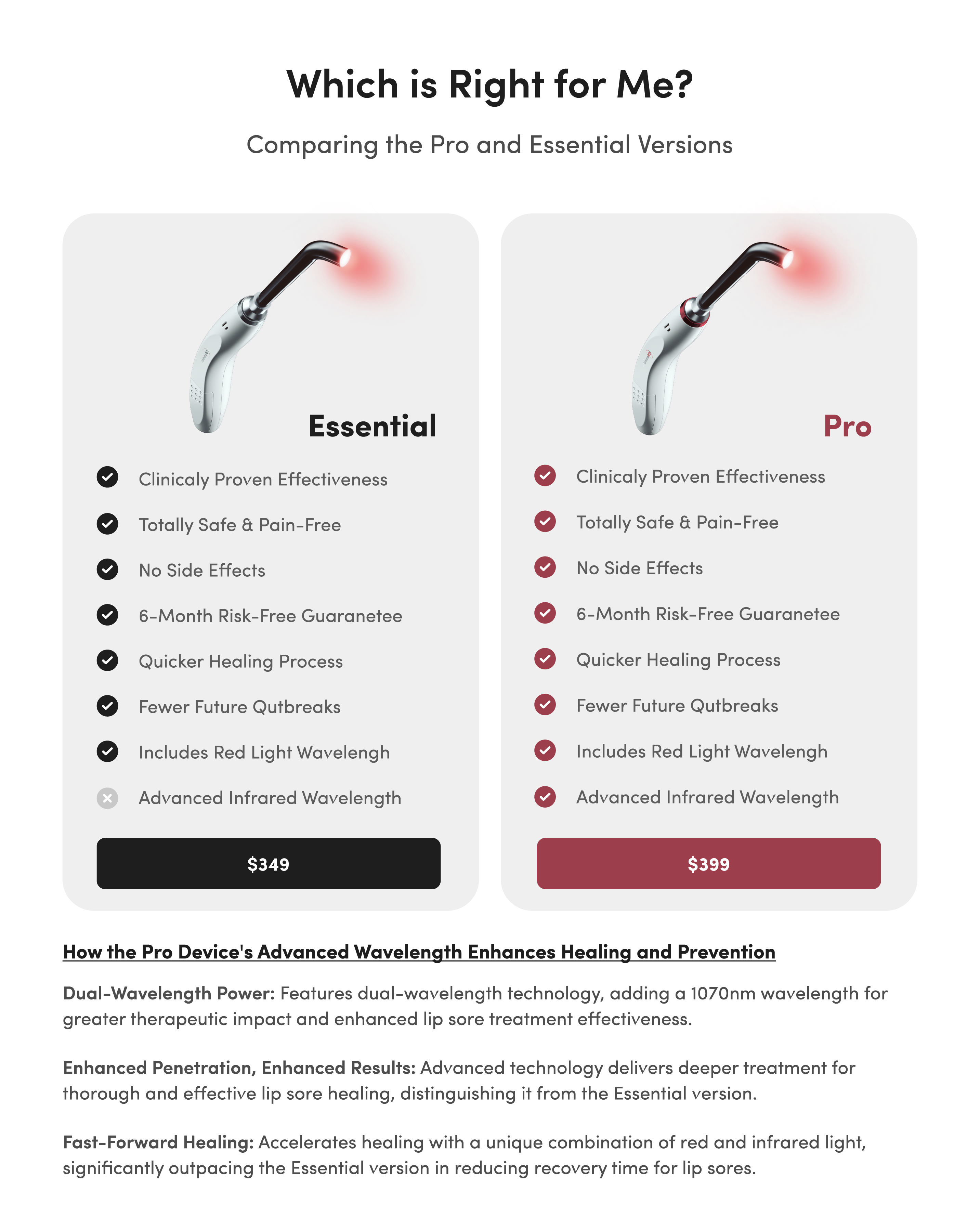Cold Sore vs. Zit: How to Tell the Difference and Heal Either
Oh, no! A red, swollen zit reared up right over your lip. On closer inspection, you notice it seems to be blistering. Is it really a zit? Or is it a cold sore?
While it can be tricky to distinguish a cold sore from a zit, it’s important to understand the difference between the two and know what you’re dealing with. Putting the right name to your sore will determine how you care for it — and how you protect others.
Read on to learn the difference between a cold sore vs. zit!
What Is a Zit?
Before we explore the difference between cold sores vs. zits, let’s define what a zit is in the first place.
A zit, also referred to as a pimple, is a kind of acne that forms when the hair follicles in your skin become clogged with oil, dead skin cells, and (often) bacteria.
Excess skin oil is one of the more common causes of zits. The oil, called sebum, is produced by your skin’s sebaceous glands. These glands deposit sebum into your hair follicles, where it travels to the surface to keep your skin lubricated. Sebum is important for your skin’s health, but too much can clog your pores.
That’s bad enough on its own (think whiteheads and blackheads), but if a clogged pore becomes infected with the bacteria that naturally live on your skin, your body’s immune response kicks into gear. This response leads to swelling, redness, and the pus-filled zits we’re all so familiar with.
A zit can form anywhere on your body where you have hair follicles, which is everywhere except the bottoms of your feet and palms of your hands. Zits most commonly form on the chest, arms, shoulders, back, neck, and face, including around the lips.
What Is a Cold Sore?
To better differentiate a cold sore vs. a zit, we should also look more closely at cold sores.
A cold sore, also referred to as a fever blister or oral herpes, is a fluid-filled blister that forms on or around the lips. The highly contagious herpes simplex virus (HSV) causes cold sores to form.
Type 1 of the virus, or HSV-1, is most commonly associated with cold sores. However, a cold sore could also form from exposure to type 2, or HSV-2, which is more often associated with genital herpes.
Cases of genital herpes are usually much more serious than oral herpes. Sexual contact with a cold sore can lead to a case of genital herpes, and vice versa.
The life of a cold sore can be broken down into five distinct stages:
- You feel an itching or tingling sensation over the area of your mouth or lips where the cold sore is forming.
- A fluid-filled blister forms in that spot. You may see redness and swelling, and you probably feel pain.
- The blister bursts, releasing the fluid inside. This weeping creates an painful, open sore that’s tender to the touch.
- The ulcer crusts over and forms a scab.
- The cold sore heals. The scab falls off, and the new skin beneath looks normal.
It may take up to two weeks for a cold sore to go through all five stages. In fact, stage four can last as many as seven to 10 days.
Cold sores are intensely contagious when the fluid inside the blister begins leaking (stage three), but cold sores are contagious during all stages. Any oral contact with another person’s skin — anywhere on their body — could pass the virus to someone else.

Cold Sore vs. Zit
Now that you have strong background knowledge about these two maladies, let’s define the differences between a cold sore vs. zit.
How it feels. It’s possible that you might see or feel the very beginning stages of a zit before it appears on your skin, but a cold sore’s early stages produce a very clear sensation of itching, burning, or tingling. If you feel any of those sensations, you’re most likely dealing with a cold sore.
Where it appears. While a zit can form on the edge of your lips or around your mouth, it won’t develop directly on your lips — because your lips don’t have any hair follicles. Any blemish that appears blister-like on your actual lips is probably a cold sore, not a zit. But remember, a cold sore can also form anywhere around the lips and mouth.
How it looks. A cold sore can appear as a cluster of small blisters that come together to form one large sore. The blisters contain a watery, clear fluid. After a few days, they burst and form a crust all on their own.
A zit is a single pustule from a single hair follicle. You’ll notice the pus inside is usually white or off-white in color. If you squeeze the pimple, clear fluid or blood may follow, and a normal-looking scab may form in that spot.
Dermatologists don’t recommend squeezing zits yourself, but it’s even more important not to pop a cold sore. Popping a cold sore interferes with the healing process and could spread the virus or lead to a worse infection.
Zit vs. Pimple
The words zit and pimple are often used interchangeably, and for good reason — they’re the same thing. Zit is simply the slang term for pimple, though both refer to at least moderate-level acne: inflamed bumps like papules, pustules, and cystic acne.
What Else Could It Be?
So far, we’ve covered the differences between a cold sore vs. a zit vs. a pimple. But your sore could be something else entirely. Consider the following:
Ingrown Hair
An ingrown hair may look like a zit or a cold sore. Ingrown hairs can be uncomfortable or even painful, especially if they’re swollen. They’re most likely to form in areas where you shave frequently, which could be around the lips and mouth.
Ingrown hairs are distinguished by redness, swelling, and sometimes pus, all caused by the hair growing back into your skin. They typically look and behave more like a pimple than a cold sore.
Canker Sores
A canker sore is a painful ulcer that forms inside the mouth, on the insides of the cheeks, the roof of the mouth, along the gum line, on or beneath the tongue, or on the insides of the lips.
The primary difference between a canker sore vs. a cold sore vs. zit is that a canker sore always forms inside the mouth. Cold sores rarely form inside the mouth, and pimples never (remember, no hair follicles). So if the sore is on the inside rather than the outside of your lips, you’re likely dealing with a canker sore.
Chapped Lips
The cracked, dry, flaky skin of chapped lips can appear like a dried fever blister or a scabbed zit. But chapped lips usually affect a much larger area, perhaps even covering the entire surface of your lips. The peeling and cracking of chapped lips does not produce a fluid-filled blister like a cold sore or develop a red or pus-filled bump like a zit.
Common causes of chapped lips include cold weather, licking your lips repeatedly, or sunburn. A sunburn blister, experienced after excessive sun exposure, can look very similar to a cold sore blister, but it won’t cause the same tingling sensation of a cold sore in its initial stage.
Other Health Conditions
There are a few specific health conditions that can mimic the appearance of either cold sores or zits.
- Angular cheilitis is a skin condition that causes inflammation and cracking at the corners of the mouth. Usually, this condition affects both sides of the mouth at the same time. Unlike a cold sore, the irritation is not caused by fluid-filled blisters, and it’s not contagious.
- A folate deficiency can occur if you don’t consume enough foods containing folate, or vitamin B9, such as avocado, broccoli, beans, lentils, peanuts, sunflower seeds, and dark, leafy greens. A folate deficiency can lead to ulcers around your mouth, as well as fatigue, muscle weakness, and/or neurological issues.
- Gingivostomatitis is a type of mouth infection that causes sores inside the mouth (specifically inside the cheeks and on the gums) and on the lips. Other symptoms of gingivostomatitis include fever, swollen lymph nodes, dry mouth, bad breath, and headaches. Gingivostomatitis can be caused by viruses and bacteria, including HSV-1. This means it’s especially difficult to tell the difference between this condition and a cold sore.

When Should You See a Doctor?
Though most cold sores and zits heal on their own, it’s good to be watchful if you have a lesion that begins behaving differently.
- If your sore causes excessive pain, gets worse, or fails to heal, it’s worth consulting a medical professional.
- If you suspect you may be suffering from gingivostomatitis, a vitamin deficiency, or another serious health condition, it’s time to see your doctor.
- If any worrying symptoms accompany your mouth sore, such as fever, weakness, or depression, you could be dealing with something more serious than a cold sore or zit.
The Final Word: Cold Sore vs. Zit
Whether you have a cold sore vs. zit vs. any other blemish-causing condition, it’s important to know what your sore is. Then, you can treat it properly and take steps to protect yourself and others if necessary. If you’re dealing with a cold sore, you’ll need to take precautions to avoid spreading the herpes simplex virus to other people, or to other locations on your own body.
No matter what led to your sore, do your best to avoid scratching or picking at it. The best course of action is to allow the blemish time to heal naturally.



